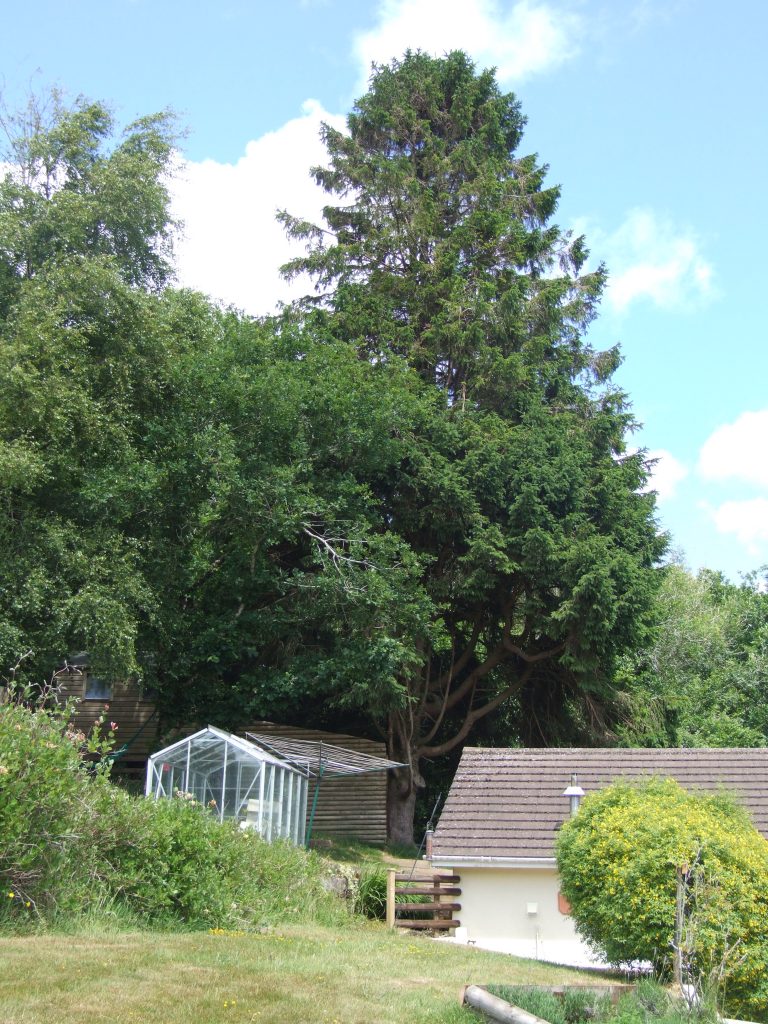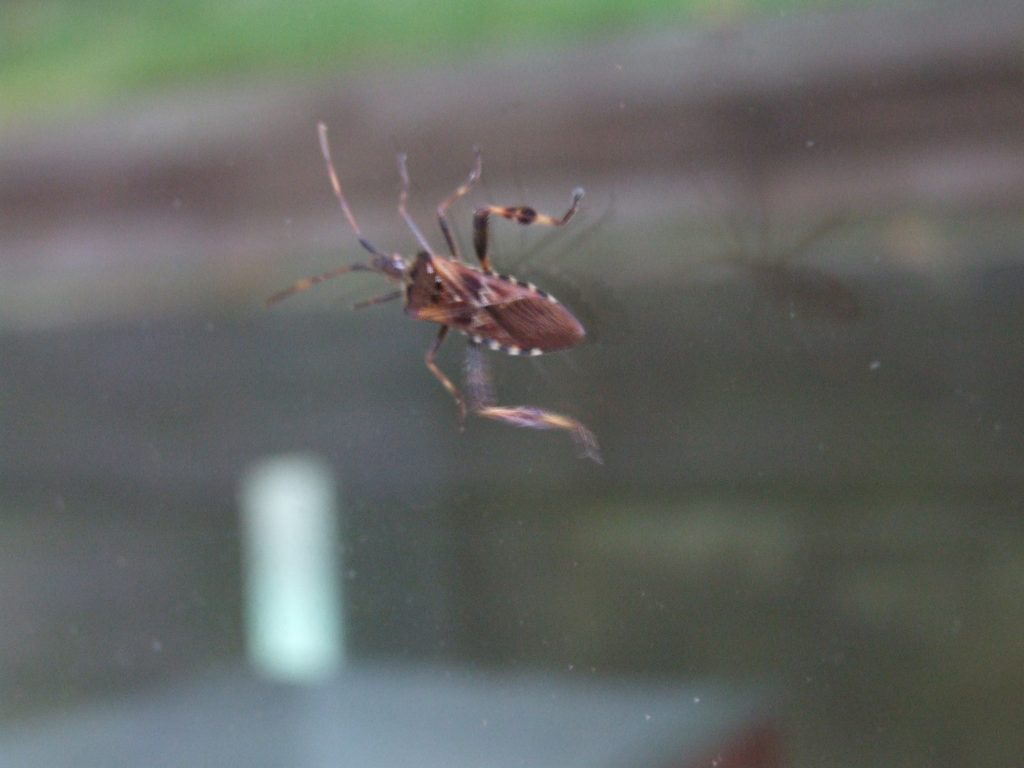I noticed one of these little chaps outside our house last week:

It turned out to be, according to my Oxford Book of Insects, not one of the Clangers, but a Large Pine Weevil (Hylobius abietis). I didn’t get a photo of the actual one, so this is a download. In its own way it’s rather handsome, with a sprinkled pattern of gold-dust on its back. It must be rather cool to have antennae on the tip of your nose – even the Clangers lack those..
Whenever I see some unfamiliar creature, it always seems to have some interesting back-story, and that is the case here, as a little research revealed. It’s now rare in England, but commoner in Scotland, presumably because they have so many conifers up there. Apparently Hylobius is a serious pest in forestry. After clear-felling conifers, and replanting with young trees, it seems up to 50% can succumb in a short time to the ravages of this little insect. My main source then went on to describe the various ways of controlling the pest.
In my case, the situation of my weevil, sunning itself on a wooden terrace, suggested it had fallen out of the Norway Spruce in our garden. Maybe it was stunned and gathering its wits. Our pine, however, is no mere sapling, as this photo shows:

It must be a good sixty feet tall, towering above the oak and ash woodland surrounding it – you can see it from a mile away across the valley. Furthermore, it is the only such conifer within, maybe, half a mile. In all likelihood a previous owner planted their Christmas tree and forgot about it, as it’s not a native tree. In previous years, Britain’s smallest bird, the goldcrest, has nested among its branches.
So I assume my weevil has many brothers, sisters and cousins living happily up in its higher reaches – and they are not causing it any obvious harm whatsoever. The weevil is not even the only serious timber pest in my tree. On three occasions over the years I’ve seen this much bigger creature, Leptoglossus occidentalis – an American immigrant which, the experts say, ravages timber yards:

But not my Norway Spruce, whose main danger as it gets huge is, according to my tree-surgeon, falling in a gale blowing from an unusual direction. Since that would completely demolish my house, it’s on my “to do” list to have it felled.
Meanwhile, though, the pest that ravages forestry (the large pine weevil, I mean) is living in harmony with its host, which leads me to conclude that it’s only an expensive pest because modern forestry has decided it’s a good idea to clear-fell plantations and re-plant them en masse. In this abnormal situation, pine weevils behave abnormally, finding themselves like a small child left alone in a sweet shop. Usually, the only natural process that would clear a forest is a fire, and that would clear the weevils too. We seem to have created a pest, as we so often do, by ignoring how nature works.
I suspect that rotational felling would solve the problem, as well as being much less disruptive to the conifer eco-system as a whole, although classically British pine forestry created a dark and rather sterile environment.Thankfully that’s changing now in favour of a more mixed planting pattern. Maybe such changes will also enable Hyobius abletis to escape its reputation as a pest: maybe it even benefits the trees in some way.
Meanwhile, it’s welcome to stay unmolested in my overgrown Christmas tree, until the tree-surgeons come to save my house.
